Watches Uncovered: Testing Your Knowledge and Common Sense About Timepieces
In a world where technology ticks away rapidly, watches remain a timeless accessory that melds functionality with artistry. They are not just instruments to measure hours and minutes; they are reflections of individual personality, style, and even status. Yet, how well do we truly understand the intricacies of our beloved timepieces? From the delicate mechanics of a Swiss movement to the evolution of smartwatches, the realm of horology is rich with history and innovation. This article invites you on a journey to explore the fascinating universe of watches—challenging your knowledge and common sense along the way. Discover the stories behind the brands, the science of timekeeping, and the nuances that distinguish a masterpiece from a mere trinket. Whether you’re a seasoned collector, a casual admirer, or merely curious, prepare to delve deeper into the craft of watchmaking and uncover what makes these timekeepers so captivating. Let’s wind up your curiosity and see how much you know about the glorious world of watches!
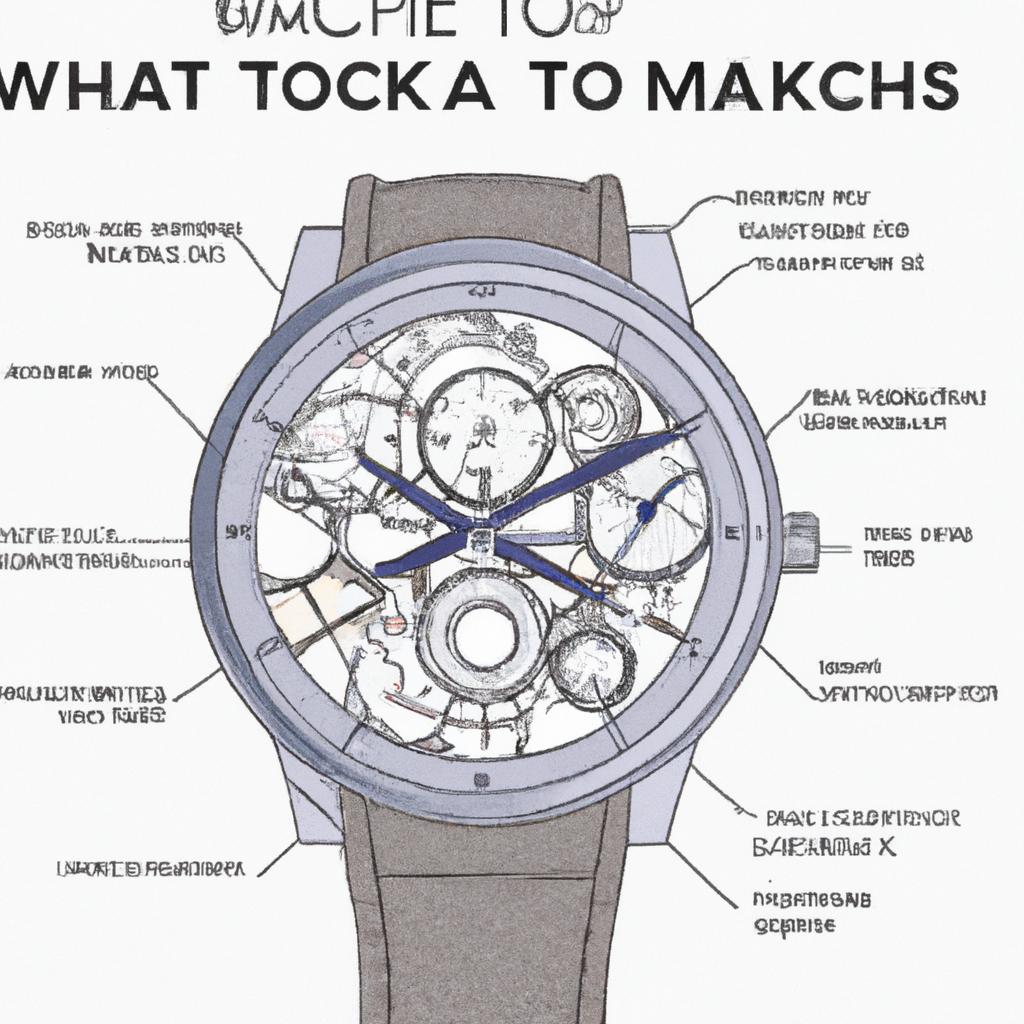
Exploring the Anatomy of Time: What Makes a Watch Tick
Timekeeping is an intricate dance of mechanics and artistry, where precision meets creativity in a compact form. At the core of a watch lies the movement, a term that defines how the watch measures time, and it’s primarily divided into two categories: **quartz** and **mechanical**. Quartz watches harness the power of a battery and a quartz crystal, offering unmatched accuracy. In contrast, mechanical watches rely on a complex series of gears and springs, often crafted with meticulous attention to detail. This craftsmanship not only emphasizes the artistry involved but also reveals the dramatic history encapsulated in these microcosms of engineering.
Understanding the anatomy of a watch requires a closer inspection of its components, which include:
- Escapement: The mechanism that releases the gear train at regular intervals, converting energy into time.
- Balance Wheel: The heart of a mechanical watch, ensuring a consistent rhythm.
- Crown: The feature used to set the time and wind mechanical movements.
- Dial: The surface displaying the time, often adorned with intricate designs.
For a clearer understanding, consider the table below that summarizes the primary differences between quartz and mechanical movements:
| Feature | Quartz Movement | Mechanical Movement |
|---|---|---|
| Power Source | Battery | Coiled Spring |
| Accuracy | Highly Accurate | Less Accurate |
| Maintenance | Low | High |
| Cost | Generally Lower | Generally Higher |
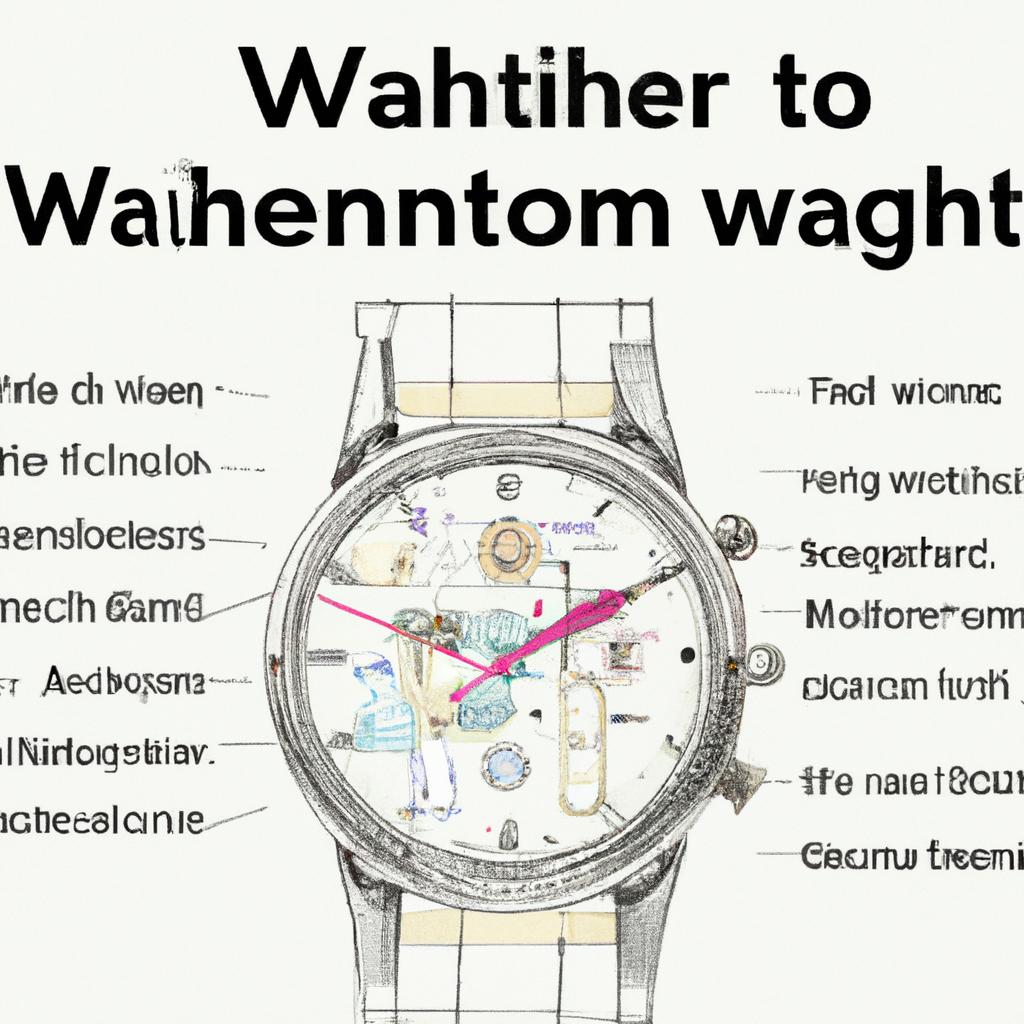
Decoding Watch Terminology: Your Guide to Horological Lingo
Understanding watch terminology is crucial for both enthusiasts and casual wearers alike, as it opens up a world of appreciation for the intricacies of timepieces. From the **movement**—the heart of any watch—to the various types of **complications** that can enhance functionality, each term carries its own significance. Key terminology includes:
- Quartz: A movement type powered by a battery, known for accuracy.
- Automatic: A self-winding movement that harnesses kinetic energy.
- Chronograph: A feature that allows the watch to function as a stopwatch.
- Water Resistance: Indicates how well a watch can withstand water exposure.
- Lume: A luminescent material used for visibility in low light.
Grasping these terms can enrich your conversation about watches, whether you’re navigating a watch forum or selecting a piece for your collection. Additionally, knowing the different **case materials** and **strap types** can make a significant difference in your purchasing decision:
| Case Material | Durability | Weight |
|---|---|---|
| Stainless Steel | High | Medium |
| Titanium | Very High | Light |
| Gold | Medium | Heavy |
This knowledge not only enhances your experience but also provides a solid foundation as you delve deeper into the fascinating world of horology. Whether you’re dealing with classic designs or modern innovations, being well-versed in horological lingo equips you with the confidence to make informed choices about your timepiece collection.
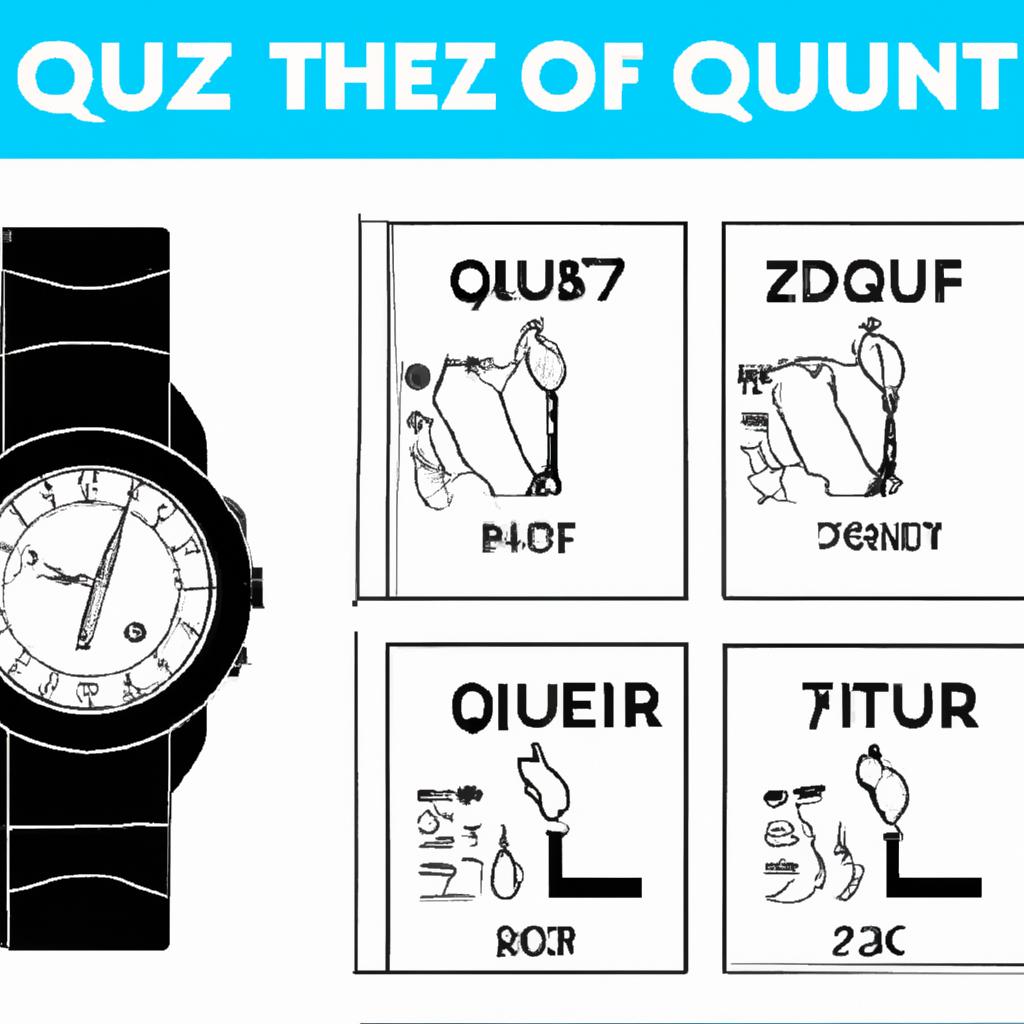
The Ultimate Watch Quiz: Test Your Expertise and Common Sense
| Category | Example Watches |
|---|---|
| Sport Watches | Rolex Submariner, TAG Heuer Carrera |
| Dress Watches | Jaeger-LeCoultre Reverso, Patek Philippe Calatrava |
| Diving Watches | Seiko Prospex, Omega Seamaster |
Discover the fascinating world of horology where each watch tells more than time; it unfolds stories of luxury, craftsmanship, and design evolution. As you dive deep into this quiz, pay attention to categories that separate the remarkable from the mundane, like sport watches, dress watches, and diving watches. Each type of timepiece has its own significance and functionality, often dictated by the lifestyle of the wearer. Can you name the watches that have achieved legendary status in these categories, or identify the innovations that set some apart from their peers?
Your knowledge extends beyond mere names; it encompasses the intricate details that make each piece special. Be prepared to decode features like movement types, materials, and design influences that have impacted the watch industry. For instance, what makes an automatic movement preferable over a quartz? Or can you identify the significance of a ceramic bezel in a diving watch? Every question will encourage you to harness your expertise and common sense, challenging you to think critically about the evolution of timepieces and their role in our lives today.
In Conclusion
As we draw the curtain on our exploration of timepieces in “Watches Uncovered,” remember that a watch is much more than a mere instrument for tracking seconds; it’s a testament to craftsmanship, history, and the art of telling time. Whether you’ve emerged with newfound knowledge or a refreshed understanding of what makes a timepiece special, the world of horology continues to tick with stories waiting to be uncovered.
We encourage you to take your insights into the wild, engage in conversations with fellow watch enthusiasts, and perhaps even challenge your own perceptions of these intricate marvels. After all, the journey doesn’t end here; it only marks the beginning of a deeper appreciation for the intricate dance of gears and springs that bring the concept of time to life. So, keep your eyes peeled and your curiosity attuned—because in the world of watches, every tick holds a tale worth telling.

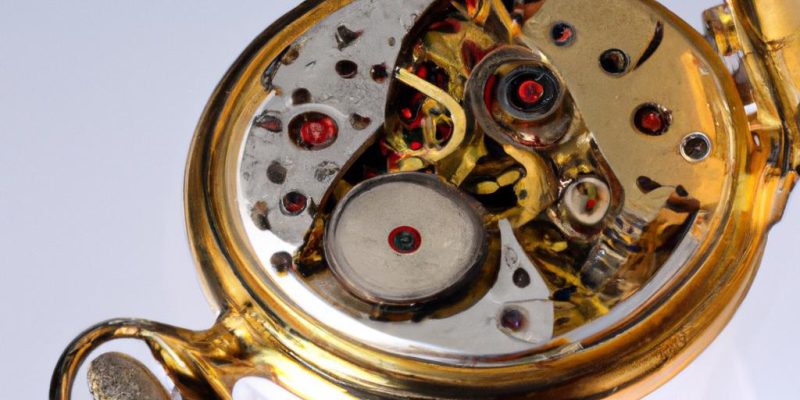














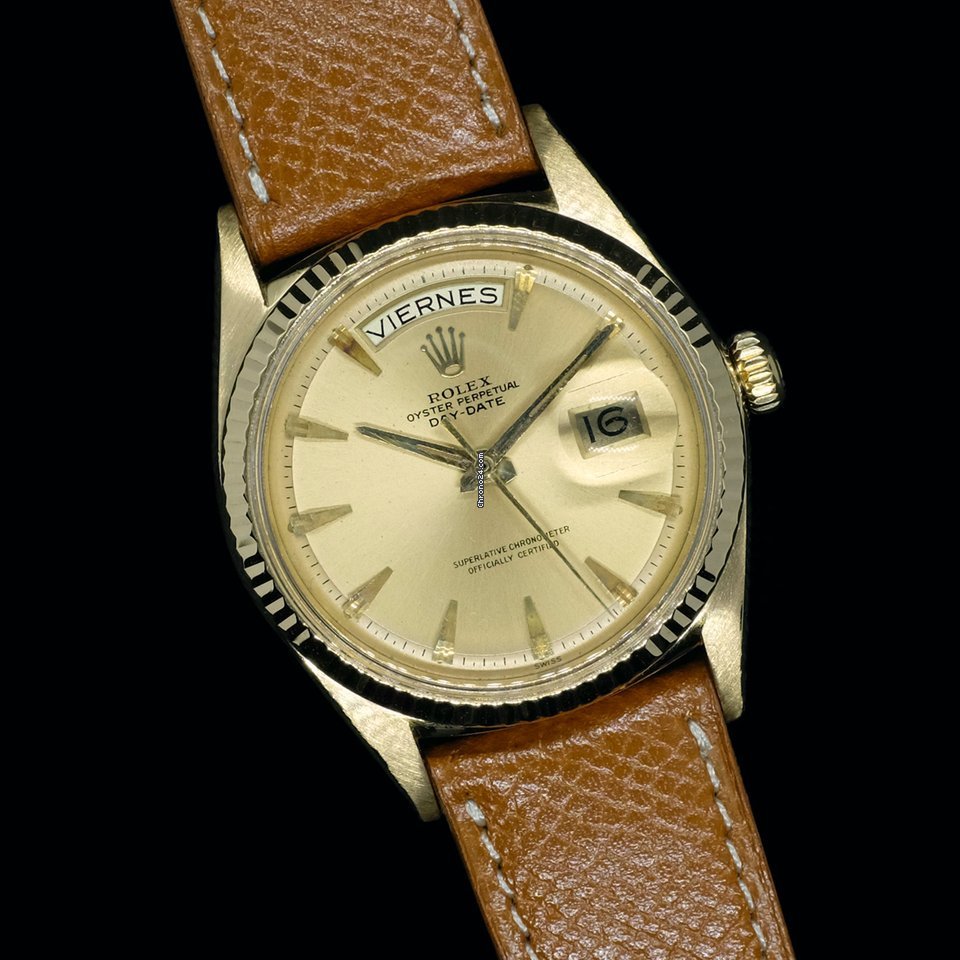
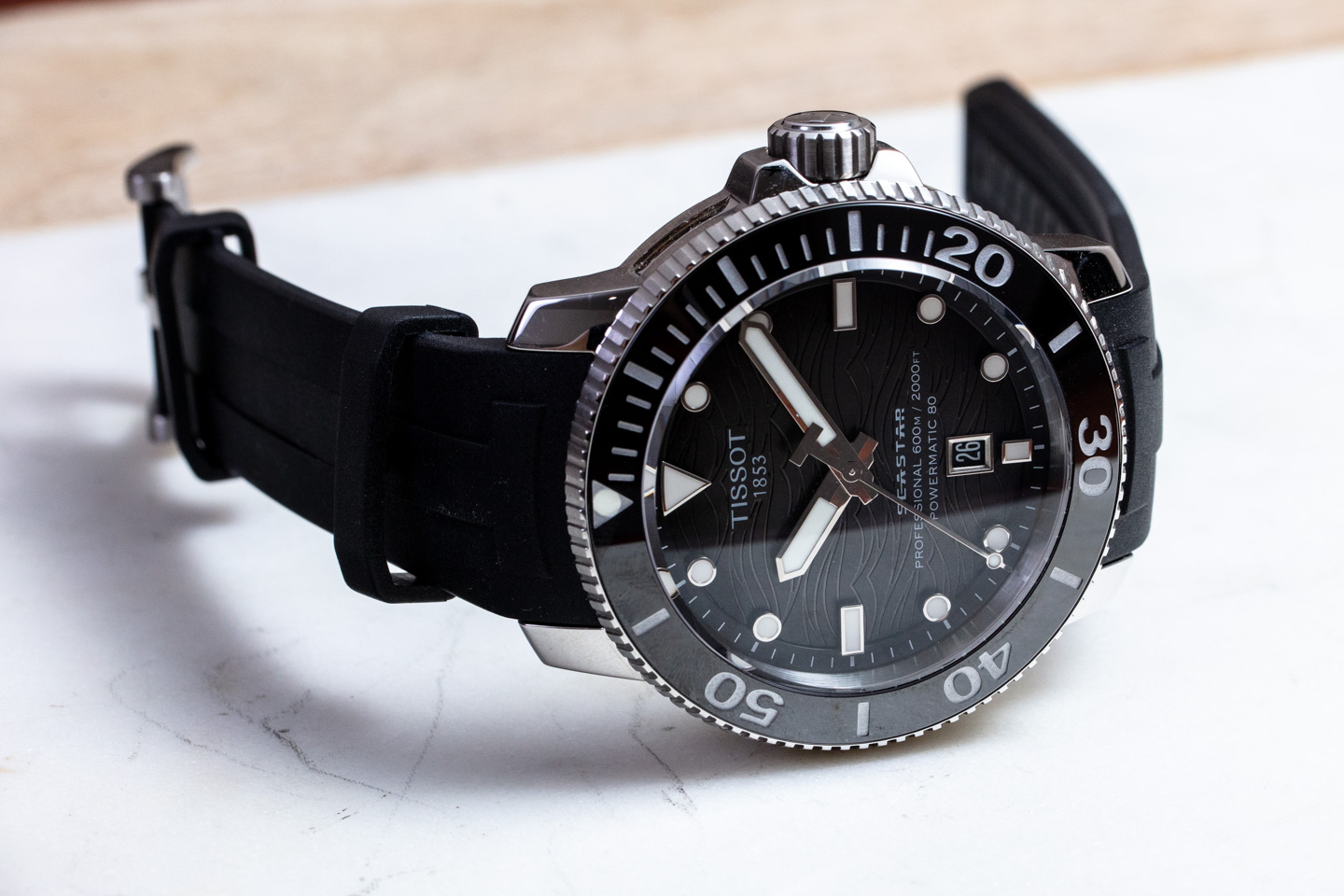
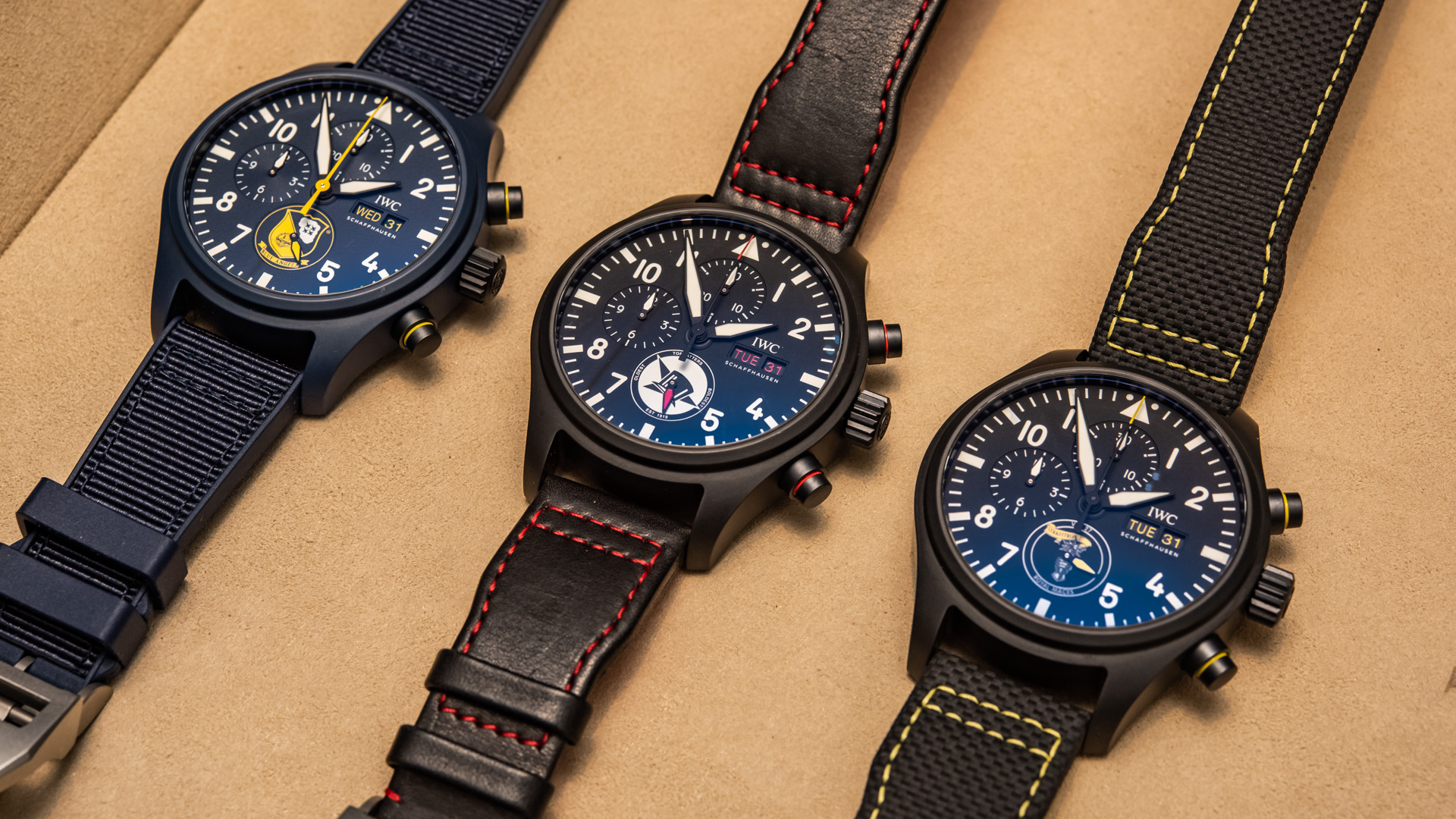
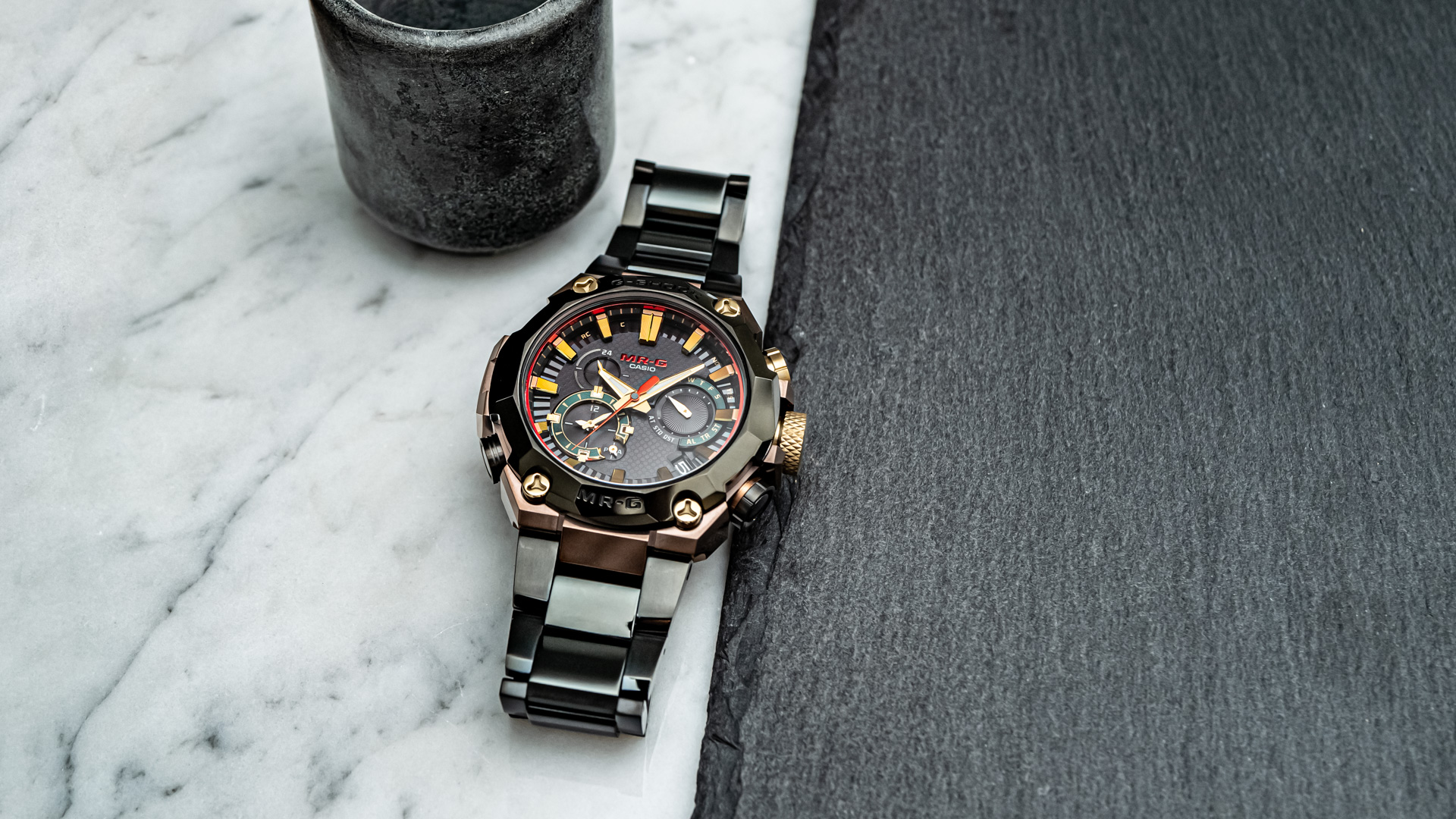


Comments